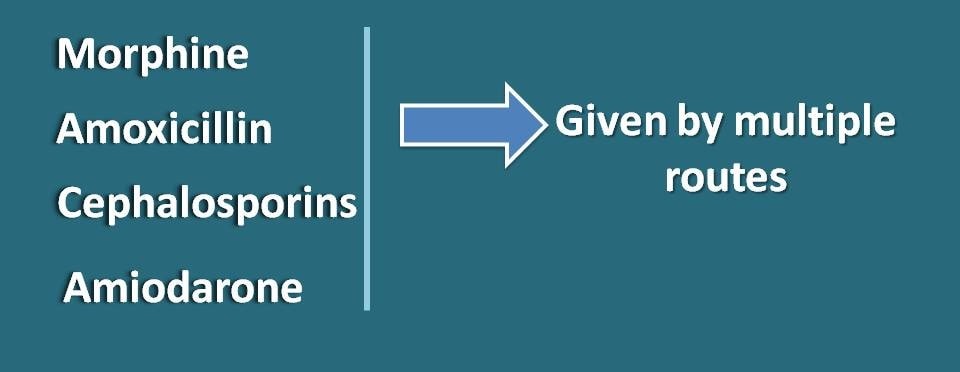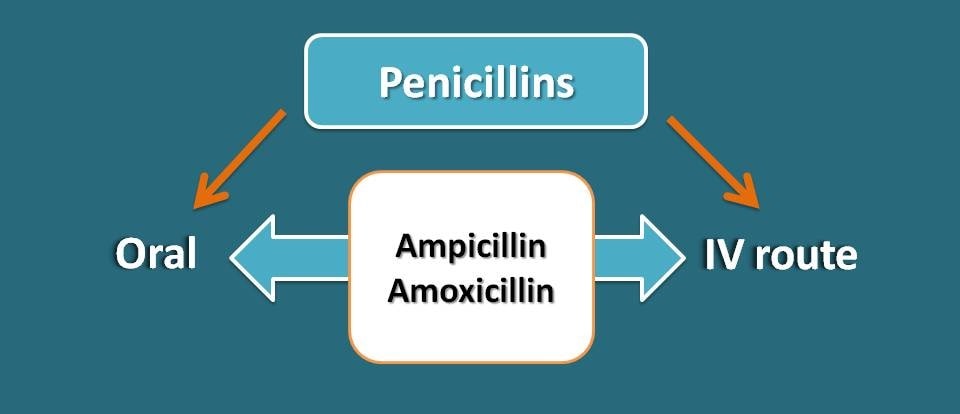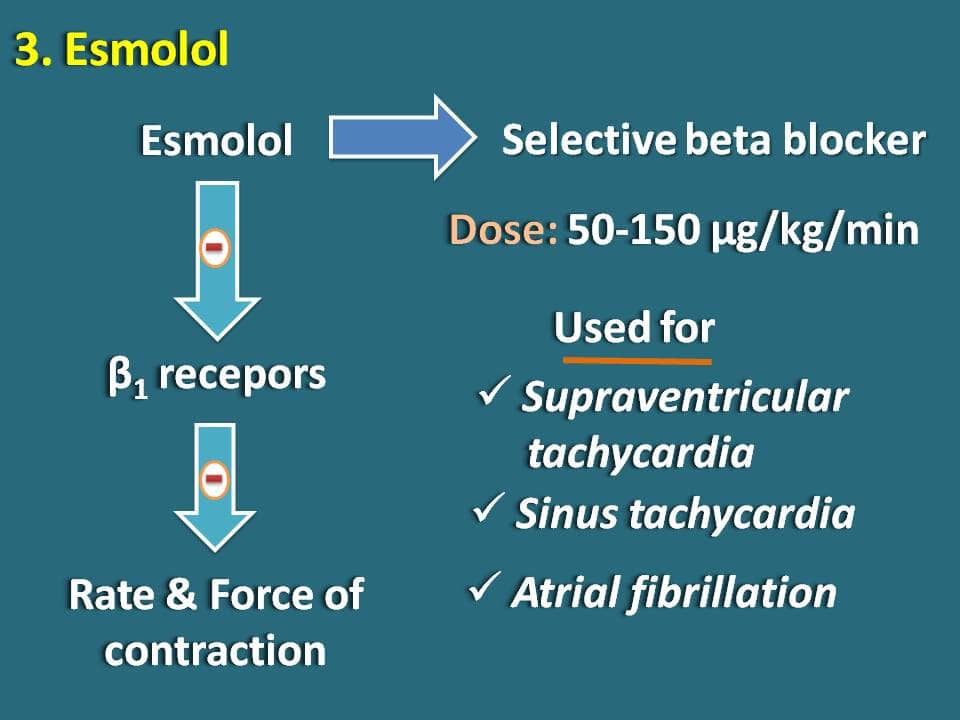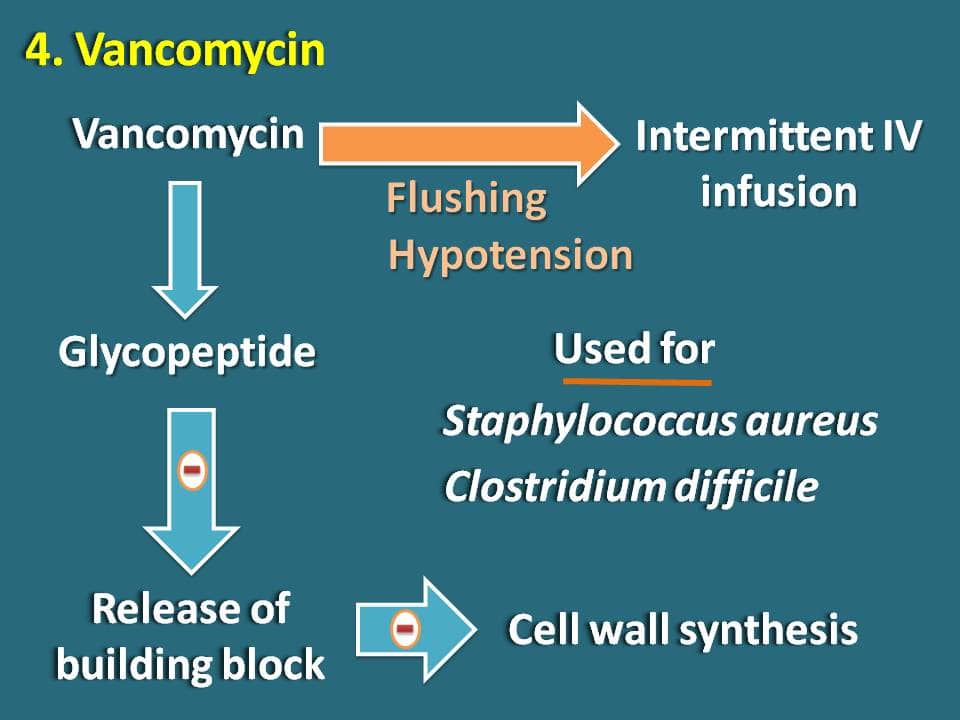Drugs given mainly by IV infusion
by egpat 20 Mar 2020
What is the most suitable route of administration for many of the drugs? Undoubtedly, it is oral route where the drug is given as either tablet or capsule for most of the drugs. Syrups are preferred if the drug is for pediatric use. If drug has poor water solubility it can be given as suspension or emulsion. All these dosage forms are suitable for oral route which is most convenient method of administration of the drug into the body. But when we use IV route?
First and foremost purpose of a drug that is given by IV route is for its use in emergency conditions. When a drug has to show its immediate action, it can be directly administered into the systemic circulation by intravenous route so that it reaches the target organ without any significant delay.
Second, if the drug has high first pass metabolism, again we can select the IV route. In this case, the drug avoids its entire metabolism in stomach, intestine and liver so that without any significant loss of amount the drug can reach to the target organ.
That’s fine. But when we administer a drug by either continuous or intermittent IV infusion?
This is the point to think. Suppose if a drug has high extraction ratio in the liver. That means when the drug enters into the liver most of the drug is metabolized so that the drug shows it pharmacological response only for a short period. In such situation, we can select IV infusion.
Many of the drugs are given by multiple routes of administration among which IV is one of the route. For example, opioids like morphine can be given by IV route for emergency treatment of pain in cancer patients. Similarly, amiodarone is potassium channel blocker that is given by IV route to treat cardiac arrhythmias under emergency.

Few of the drugs are given by both oral route as well as by IV route. For example, extended spectrum penicillins like ampicillin and amoxicillin are given by both of the routes. In order to treat the infection immediately, they can be given by IV bolus administration.

Similarly, few of the antibiotics are given by both oral route and IV infusion. Now why they are given by IV infusion instead of IV bolus? Simply, they need to show therapeutic action immediately but they are short acting, so they are given by infusion instead of bolus administration.

So, in a simple way, when a drug requires to produce its immediate action under emergency conditions but unfortunately it is short acting, then we can select IV infusion is one of the ideal route of administration. So, here let’s discuss the different types of drugs that are given only by IV infusion.
1. Adenosine
Adenosine is an antiarrhythmic agent that is generally classified as class V. This is an endogenous mediator that is given externally to terminate supraventriular tachycardia (SVT). One of its main action is to block the impulse transmission through the atrioventricular (AV ) node thereby it suppress SVT.

Normally, adenosine can act as vasodilator and nociceptive agent within the body. This mediator can increase the cAMP levels which results in vasodilatation. Now why it is given as IV infusion?
One of the reasons is that it is required to terminate fatal supraventricular tachycardia under emergency conditions and secondly it is short acting as it is an endogenous mediator. Adenosine is immediately metabolised by phosphodiesterases so that it is converted into AMP and ADP.
2.Carbapenems
Carbapenems like Doripenem, meropenem are given by IV infusion in the treatment of bacterial infections. Another drug ertapenem is given by both IV infusion and IM route.

These drugs act just like penicillins and they block the cell wall synthesis in bacteria. But since they lack the beta lactam ring they are not metabolised by beta lactamases thereby useful in treating resistant organisms. Particularly these drugs can be used in the treatment of urinary tract infections and bacteriode infections.
3. Esmolol
Among the beta blockers, esmolol is only one f the drug that is given by IV infusion. We have already discussed that even drugs like propranolol, metoprolol are given by IV bolus administration still esmolol is given only by IV infusion.

The main reason for this is it’s metabolism by esterase in the endoplasmic reticulum which cleave the ester functionality to free carboxylic acid metabolite. The later has no significant activity on beta receptors resulting in termination of its action for a short duration. That’s why esmolol should be given by continuous IV infusion.
4. Vancomycin
Vancomycin is a drug with large structure and it is classified as glycopeptides which again shows short duration of action. So it should be given by IV infusion but not continuously!

The drug shows two important side effects like flushing and hypotension. So when the drug is given by continuous IV infusion, the drug levels may be accumulated resulting in severe hypotension and flushing. This situation produces a reddening of the skin in the patient that’s why it is called as red man syndrome.
For this reason, infusion of the drug should be stopped intermittently so that drug accumulation in the body can be prevented.
5. Aminoglycoside antibiotics
Normally these drugs show poor water solubility, therefore all of these drugs are given by IV route. These drugs bind to the 30S ribosome in the bacteria thereby they inhibit the matching and pairing of codon with anticodon. By this way, they inhibit bacterial protein synthesis. Drugs like Amikacin, Kanamycin and gentamycin all are given by IV infusion.

So these are the list of the drugs that are given by IV infusion as only one of the routes of administration. Still many of the drugs may be added to this list in the future. Hope you enjoyed reading this post, and please don’t forget to share this post.